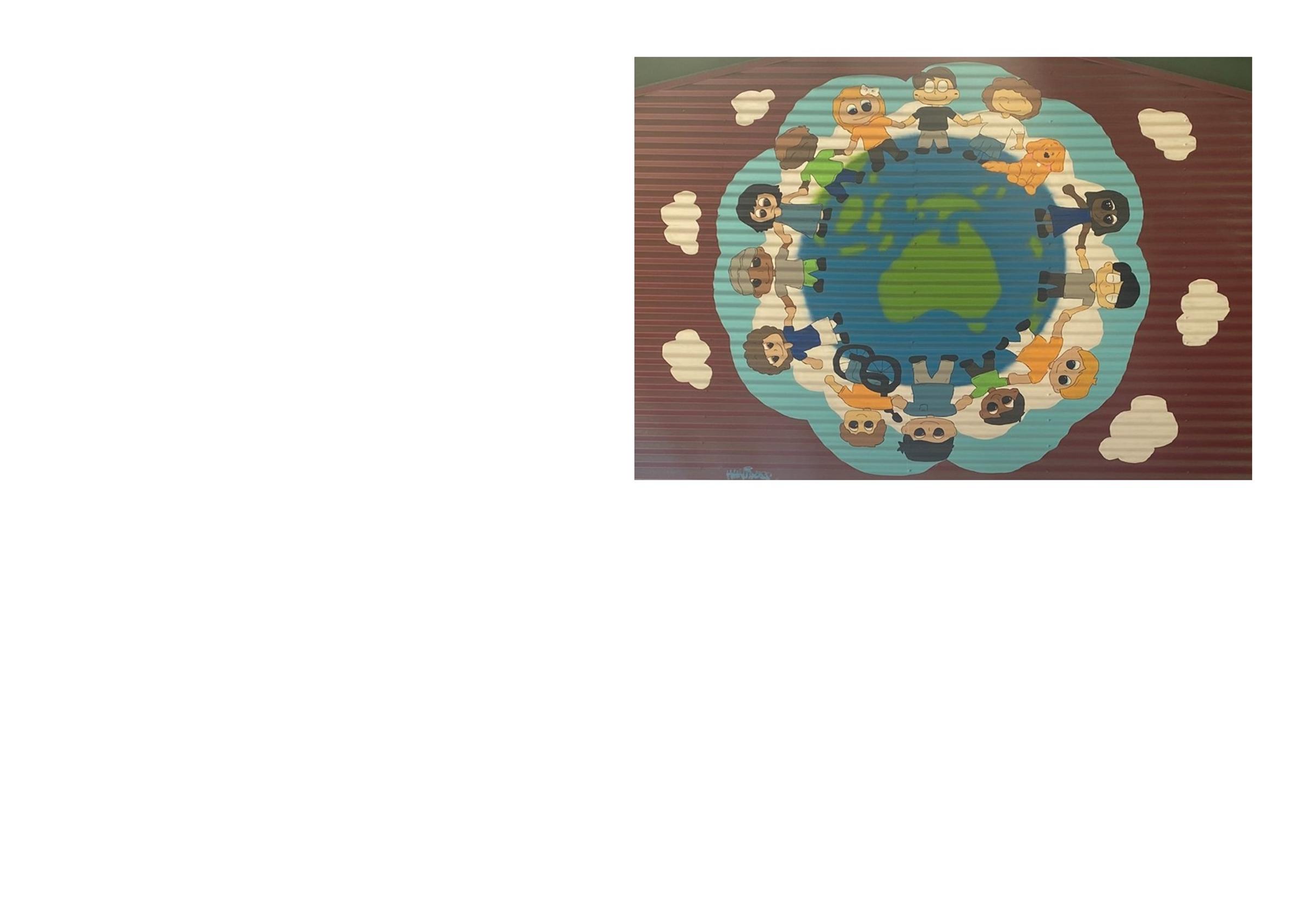Primary News

This week we aim to shed light on a fundamental concept in mathematics that serves as the bedrock for more advanced mathematical understanding – Place Value.
What is Place Value?
Place value is the concept that the value of a digit is determined by its position in a number. Each digit has a place, and its value is dependent on its position relative to other digits. In simpler terms, it's understanding that in the number 367, the 6 represents 6 tens, the 3 represents 3 ones, and the 7 represents 7 hundreds.
Why is Place Value Important?
Foundation for Arithmetic: Place value is the cornerstone of arithmetic operations like addition, subtraction, multiplication, and division. A solid grasp of place value ensures that students can manipulate numbers with confidence and accuracy.
Understanding Larger Numbers: As students progress through their education, they encounter larger and more complex numbers. Place value enables them to comprehend the magnitude of these numbers, making it easier to compare, order, and perform operations on them.
Critical Thinking and Problem Solving: Proficiency in place value fosters critical thinking skills. It encourages students to analyse and break down numbers, leading to a deeper understanding of mathematical relationships and problem-solving strategies.
How Can Parents Help?
Supporting your child's understanding of place value doesn't require complex strategies. Here are some simple yet effective games to play to reinforce this concept at home:
Game 1: Place Value Bingo
Materials needed:
- Blank bingo cards (you can find printable templates online)
- Small pieces of paper or tokens
- Marker or pen
- Number cards (0-9)
Instructions:
1. Create bingo cards by drawing a 4x4 grid on a piece of paper or using a printable template. Leave the centre square free; this will be the "free space."
2. Write a single-digit number (0-9) in each square of the grid, ensuring each number appears only once on each card.
3. Cut out small pieces of paper or use tokens as markers.
4. Prepare number cards by writing down single-digit numbers on separate cards (0-9).
5. Mix the number cards and place them in a stack face down.
6. Each player gets a bingo card and some markers.
7. The first player draws a number card from the stack, announces the number, and places a marker on the corresponding number on their bingo card.
8. The game continues with players taking turns drawing number cards and marking their bingo cards.
9. The first player to complete a row (horizontally, vertically, or diagonally) shouts "Bingo!" and wins that round.
10. After a round, discuss with the children how the numbers on the bingo card represent tens and ones, reinforcing the concept of place value.
Game 2: Place Value Battle
Materials needed:
- Deck of playing cards (without face cards)
- Paper and pen for scorekeeping
Instructions:
1. Remove face cards from the deck and shuffle the remaining cards.
2. Divide the deck evenly between the players.
3. Each player places their stack of cards face down in front of them.
4. Simultaneously, both players flip over the top card of their stack and place it face up in the centre.
5. The player with the higher number wins that round and takes both cards, placing them at the bottom of their stack.
6. If the numbers are the same, it's "War!" Each player places three cards face down and then one card face-up. The player with the higher face-up card wins all the cards on the table.
7. Continue playing until all cards have been used.
8. Discuss with the children how the numbers on the cards represent tens and ones. Ask questions like "Which number has more tens?" or "How do you know which number is greater?"
9. Keep score if desired, with each player earning a point for every round won.
10. The player with the most cards at the end of the game is the overall winner.
These games not only make learning place value enjoyable but also provide valuable opportunities for family engagement and discussion.
Remember, learning is a collaborative effort between teachers, parents, and students. By working together, we can provide a strong foundation for mathematical success. If you have any questions or need additional resources, please don't hesitate to reach out to your child's teacher.
